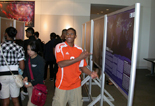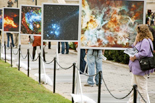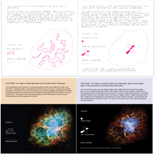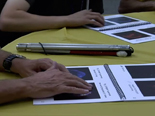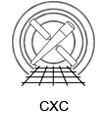
A NASA-funded tactile/Braille exhibit for the visually impaired community was launched in July 2009. The exhibit is part of the global "From Earth to the Universe" (FETTU) project, a cornerstone of the International Year of Astronomy 2009. The science content of the traveling tactile/Braille exhibit includes explanations of our Sun, Eta Carinae, Crab Nebula, Whirlpool Galaxy, and the electromagnetic spectrum, and was adapted from the NASA-funded tactile/Braille book "Touch the Invisible Sky." We present some of the early observations and findings on the tactile/Braille FETTU exhibit.
The "From Earth to the Universe" (FETTU) project is an exhibition of astronomical images that showcases the most dramatic views of our Universe, bringing the science of astronomy to a world-wide audience. The images, which represent the incredible variety of astronomical objects that are known to exist, are being exhibited in over 850 locations throughout the world in 2009 and 2010 as part of the International Year of Astronomy. In the United States, over 40 FETTU exhibits (approximately half of which are funded by NASA) are occurring in such non-traditional astronomy outreach locations such as airports, libraries, parks and college campus greens. The goal of the FETTU project—run by the Chandra X-ray Center (CXC)—has been to engage the largest possible populations. In July of 2009, a NASA-funded tactile and Braille exhibit was launched for the visually impaired community as part of the FETTU program. We present some of the early observations and findings on the tactile/Braille FETTU exhibit.
View the published papers on the FETTU Braille exhibit and related programs.
